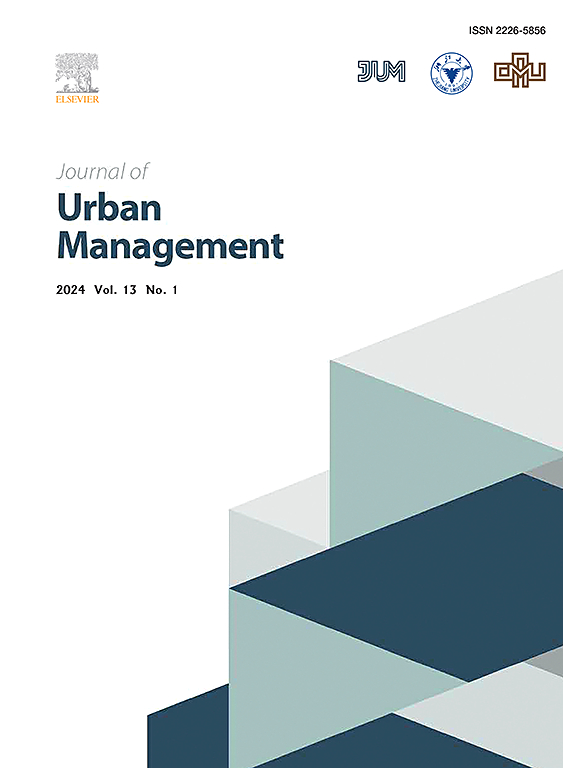从视觉角度:探讨香港新冠疫情爆发前后,建筑环境,特别是道路比例对心理健康的影响
IF 5
2区 社会学
Q1 URBAN STUDIES
引用次数: 0
摘要
道路比率,代表道路在街景中的比例,对居民的心理健康产生不同程度的视觉影响。在我们的研究中,我们调查了2636名香港居民的心理状况,分为四个时期:大流行之前、期间和之后。利用机器学习算法,我们分析了居民位置100米半径范围内的街景图像,以确定街景中道路的比例。这代表了道路对居民的视觉影响。随后,我们采用普通最小二乘(OLS)模型和多项Logit (MNL)模型来研究街道景观中道路存在的比例与四个确定时期居民中各种形式压力的频率之间的关系。我们的研究结果表明,道路比率的增加与各种压力形式的高发生率相关。这种影响在大流行期间尤为明显,即使在大流行结束后,道路比率对抑郁症发作频率的影响仍在加剧和持续。本研究的意义在于其对未来城市规划的启示,特别是如何降低居住区附近的道路比率,并以更多的自然元素抵消道路比率,以减轻道路比率对居民心理健康的不利影响。本文章由计算机程序翻译,如有差异,请以英文原文为准。
From a visual standpoint: Exploring the influence of the built environment, especially road ratio, on mental wellbeing before and after the COVID-19 outbreak in Hong Kong
Road ratio, representing the proportion of roads in the street view, exerts varying degrees of visual influence on the mental well-being of residents. In our study, we surveyed the psychological conditions of 2,636 Hong Kong residents across four periods: before, during, and after the pandemic. Utilizing machine learning algorithms, we analyzed street view images within a 100-m radius of the residents' locations to determine the proportion of roads within the street views. This served as a representation of the visual impact of roads on residents. Subsequently, we employed Ordinary Least Squares (OLS) models and Multinomial Logit (MNL) models to investigate the relationship between the proportion of road presence in street views and the frequency of various forms of stress among residents across the four identified periods. Our findings indicate that an increase in road ratio correlates with a higher incidence of diverse stress forms. This effect was particularly pronounced during the pandemic, where the influence of road ratio on the frequency of depressive episodes intensified and persisted even after the pandemic had ended. The significance of our research lies in its implications for future urban planning, specifically in how road ratio near residential areas can be reduced and offset with more natural elements to mitigate the adverse effects of road ratio on residents' mental health.
求助全文
通过发布文献求助,成功后即可免费获取论文全文。
去求助
来源期刊

Journal of Urban Management
URBAN STUDIES-
CiteScore
9.50
自引率
4.90%
发文量
45
审稿时长
65 days
期刊介绍:
Journal of Urban Management (JUM) is the Official Journal of Zhejiang University and the Chinese Association of Urban Management, an international, peer-reviewed open access journal covering planning, administering, regulating, and governing urban complexity.
JUM has its two-fold aims set to integrate the studies across fields in urban planning and management, as well as to provide a more holistic perspective on problem solving.
1) Explore innovative management skills for taming thorny problems that arise with global urbanization
2) Provide a platform to deal with urban affairs whose solutions must be looked at from an interdisciplinary perspective.
 求助内容:
求助内容: 应助结果提醒方式:
应助结果提醒方式:


